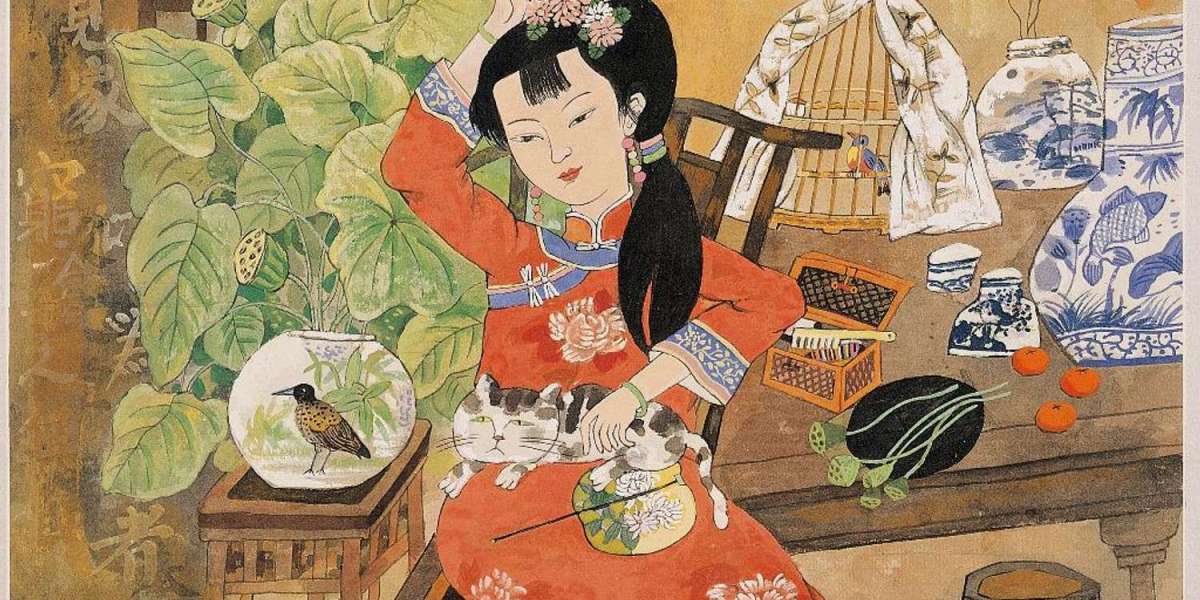Traditional Chinese drawings, also known as Chinese ink and brush paintings, are a fundamental part of Chinese visual art. These drawings have been practiced for thousands of years and are known for their simplicity, elegance, and deep philosophical meanings. Unlike Western drawings that often emphasize realism and perspective, Chinese drawings focus on spiritual expression, balance, and harmony with nature.
One of the most important characteristics of Chinese drawings is the use of ink and brush on rice paper or silk. Artists typically use black ink made from soot and glue, and various shades are created by diluting the ink with water. Though sometimes color is added, many traditional works are monochromatic, relying on the fluidity and variation of ink to convey depth and emotion.
Another defining feature is the emphasis on brush techniques. The Chinese brush is flexible and comes to a fine point, allowing artists to produce a wide range of strokes—from thin lines to broad washes—with a single movement. These brushstrokes are not just technical tools but expressions of the artist's spirit and emotion. Mastery of brushwork is considered essential, and each stroke must be intentional and full of life.
Chinese drawings often fall into two main categories: Gongbi (工笔) and Xieyi (写意).
Gongbi refers to meticulous, detailed drawings with fine lines and rich colors. These are often used for subjects like birds, flowers, and portraits.
Xieyi, meaning "freehand" or "sketching thoughts," is a more expressive style. It uses bold strokes and minimal detail to capture the essence or spirit of the subject, often seen in landscapes or animals.
Nature is the central theme in most traditional Chinese drawings. Mountains, rivers, bamboo, plum blossoms, birds, and animals are common subjects. These are not just chosen for their beauty but also for their symbolic meanings. For instance, bamboo represents flexibility and strength, while the plum blossom symbolizes resilience in the face of adversity. These drawings often reflect the artist’s thoughts on life, morality, and the universe.
Composition in Chinese drawings is also unique. It avoids rigid structures or centralized focus and instead uses negative space (empty areas) to create a sense of balance and infinite depth. The artwork often includes calligraphy and red seal stamps, which add poetry, the artist’s name, or philosophical thoughts that complement the drawing.
Overall, traditional Chinese drawings are more than just visual art—they are a form of meditation and expression of the artist’s inner world. Rooted in the teachings of Confucianism, Daoism, and Buddhism, these drawings aim to capture not just what the eye sees, but what the heart feels. They reflect a worldview where humans are a small part of a greater natural order, and where simplicity and subtlety are celebrated.
In today’s world, Chinese drawings continue to influence global art and are admired for their beauty, depth, and timeless philosophy.



